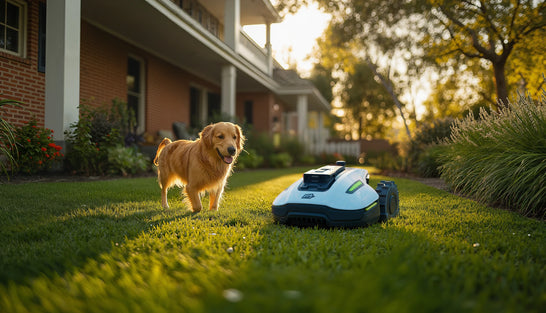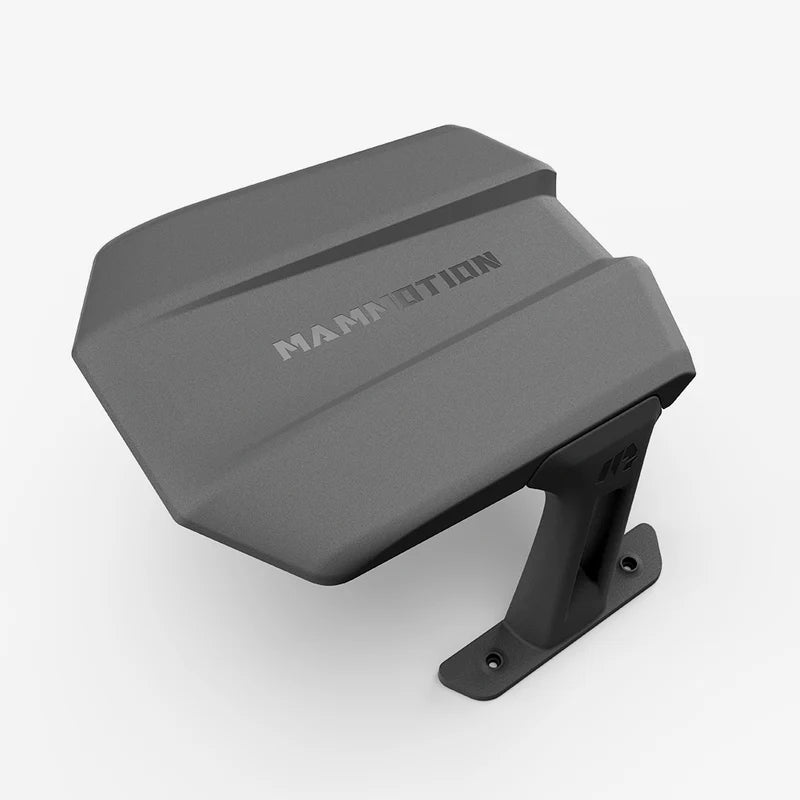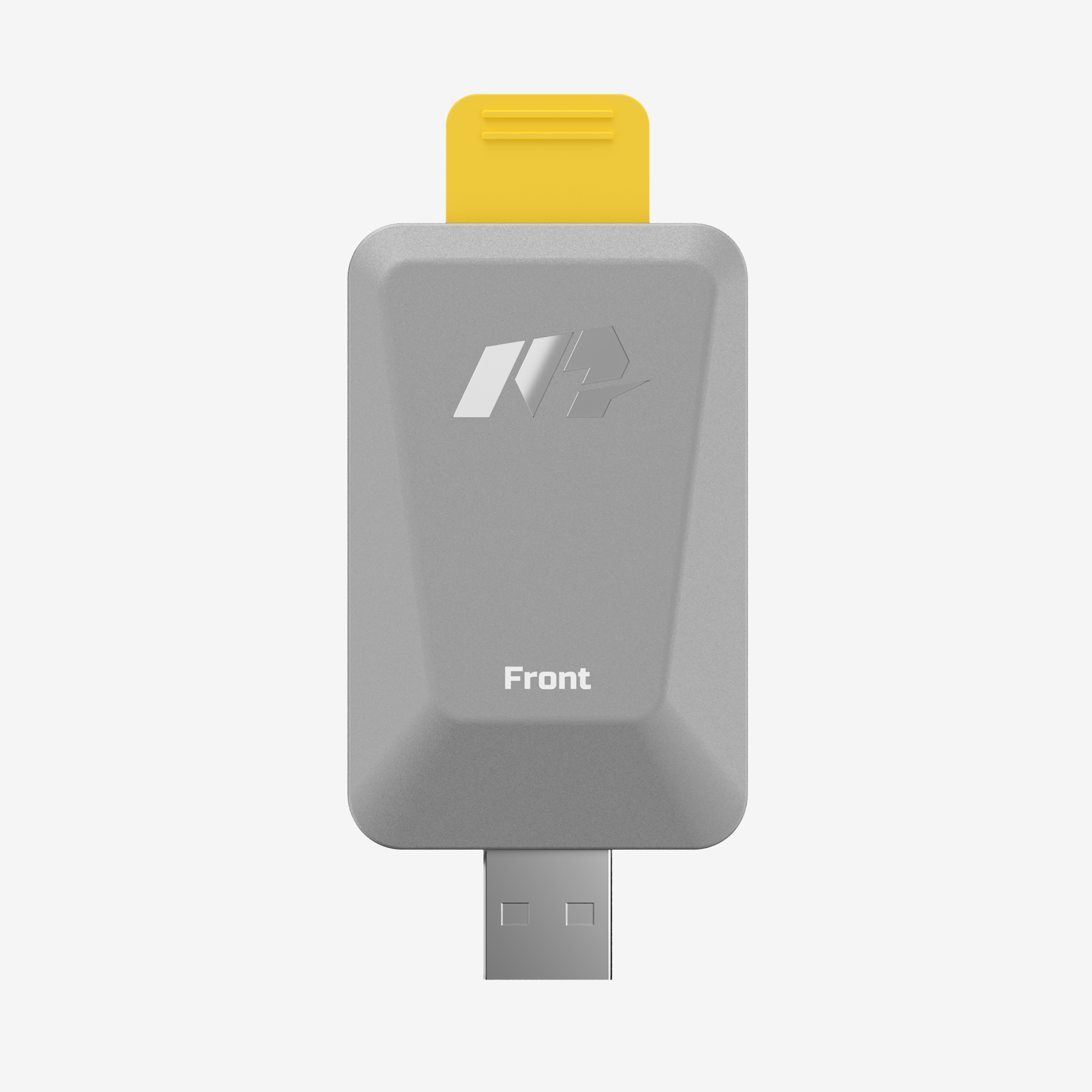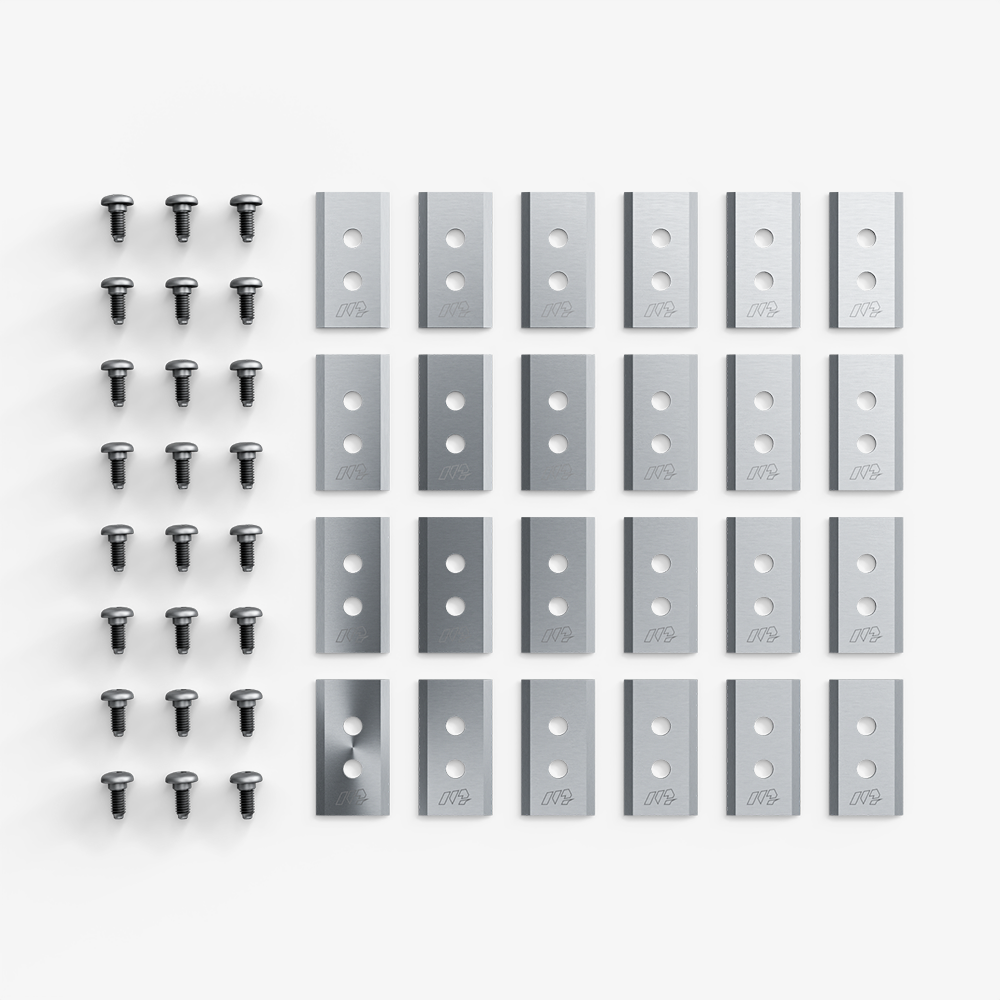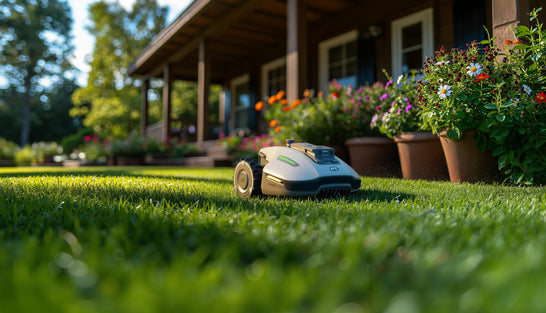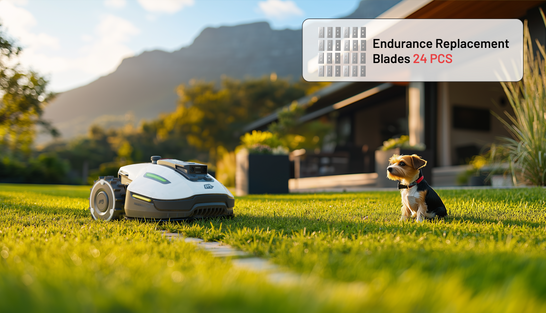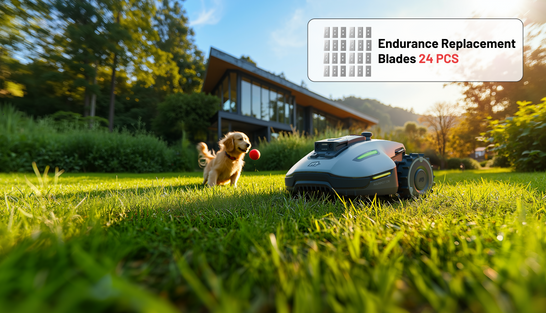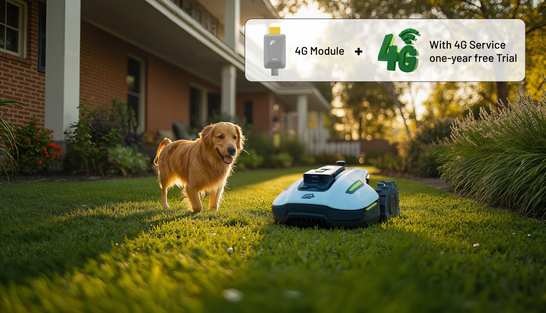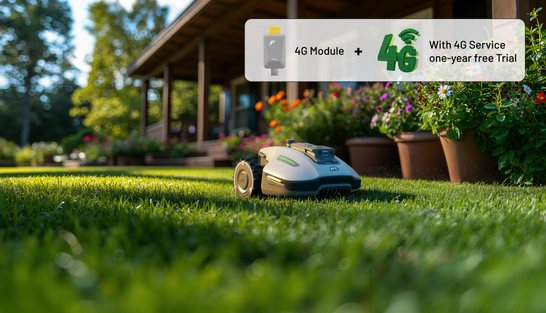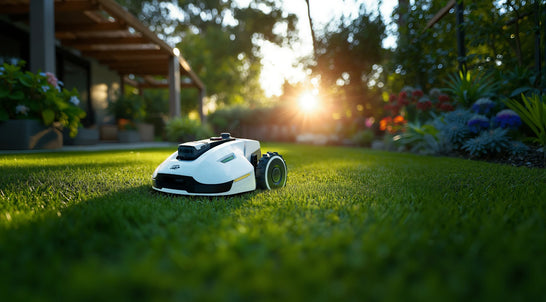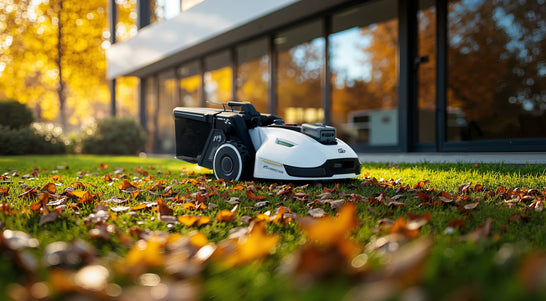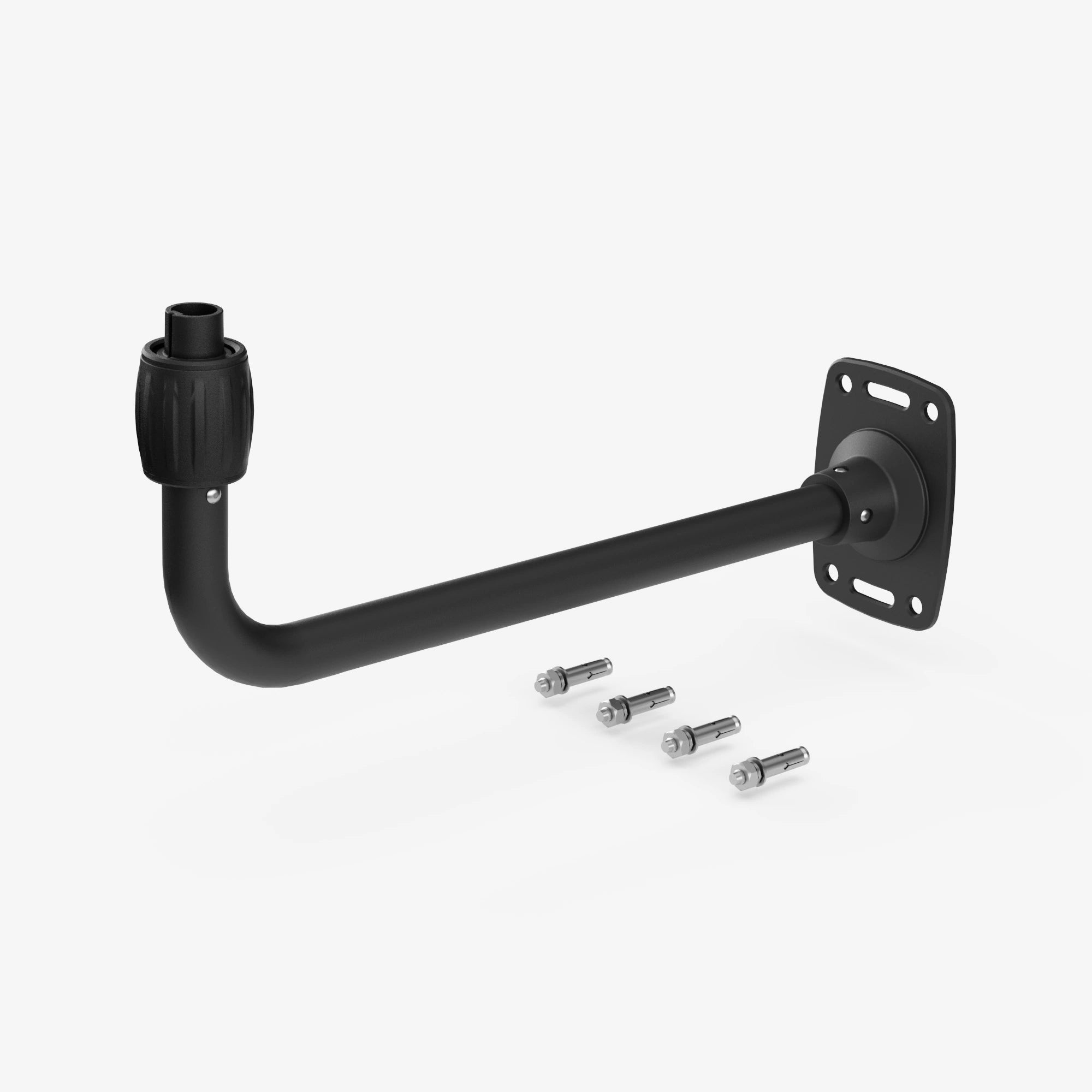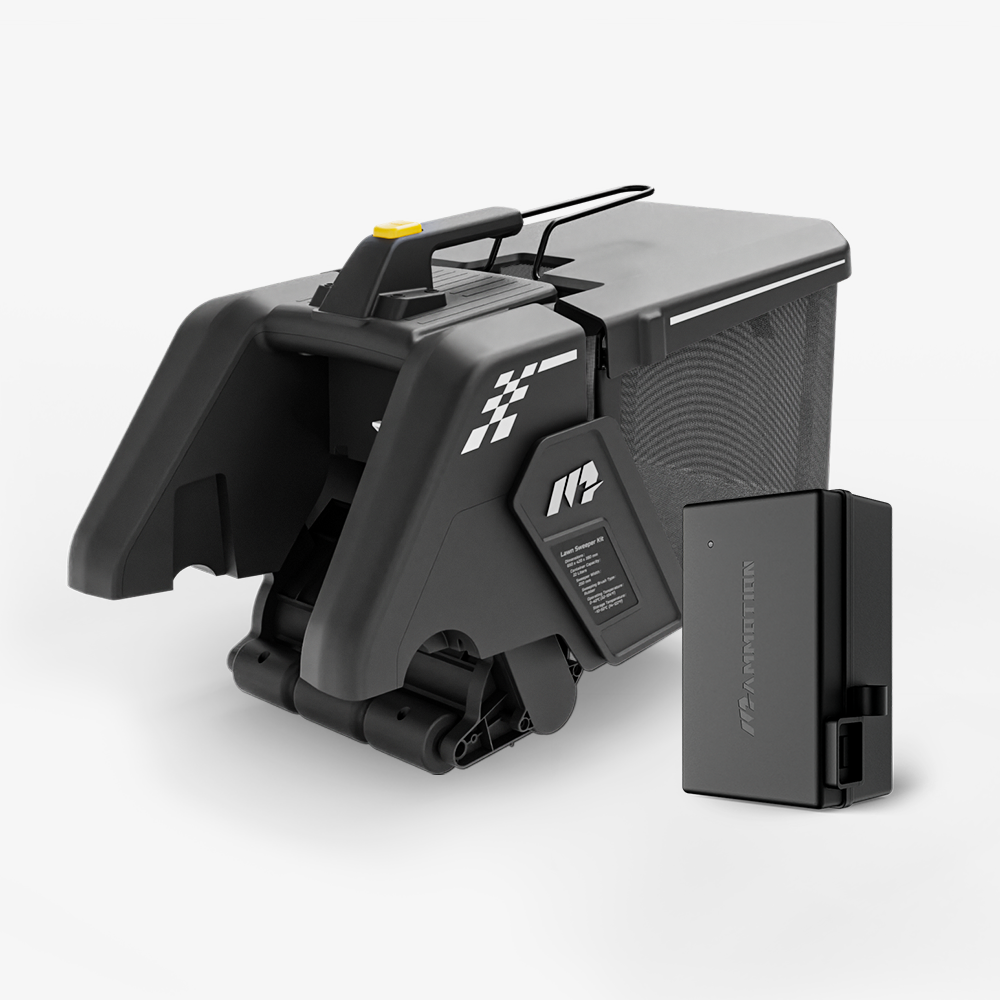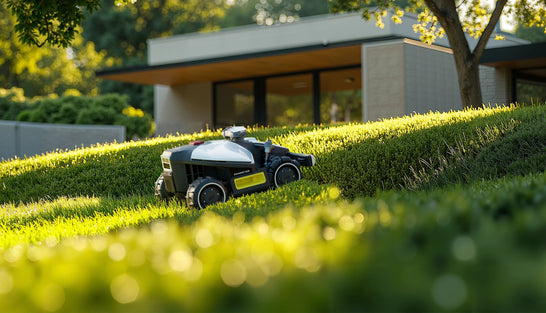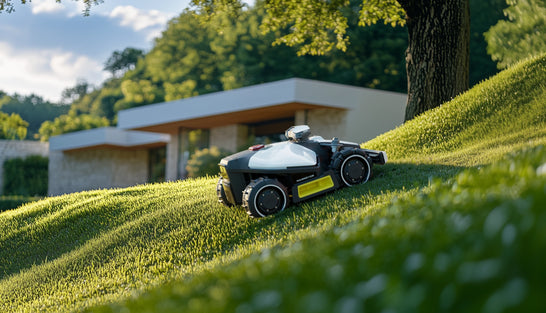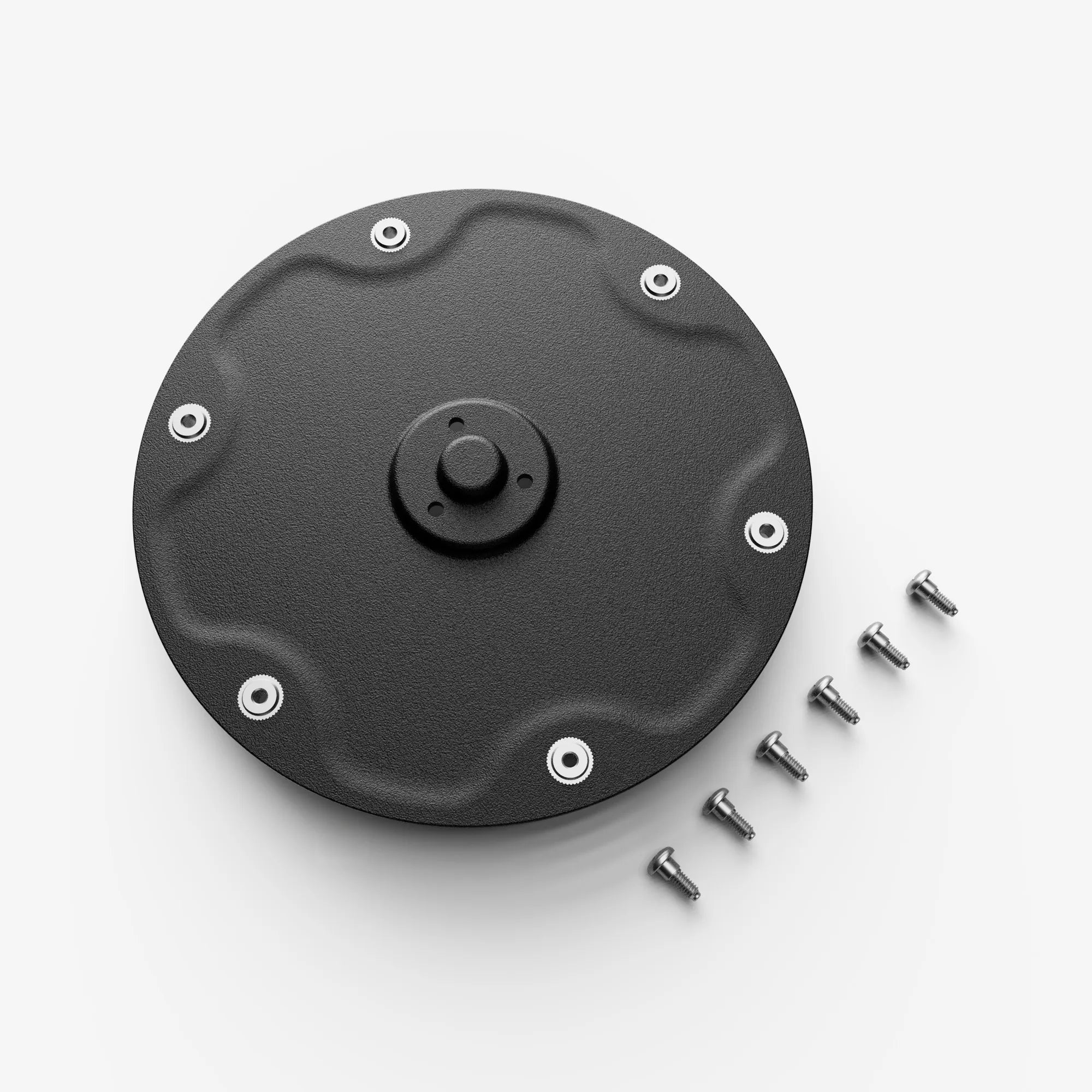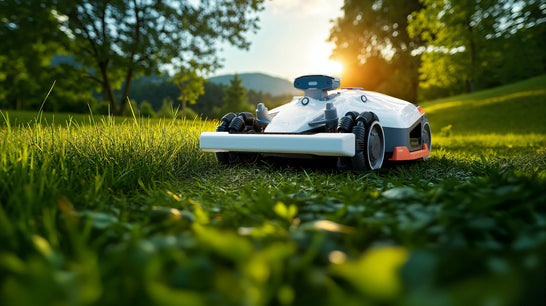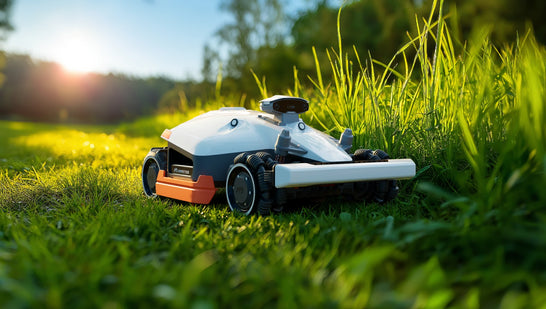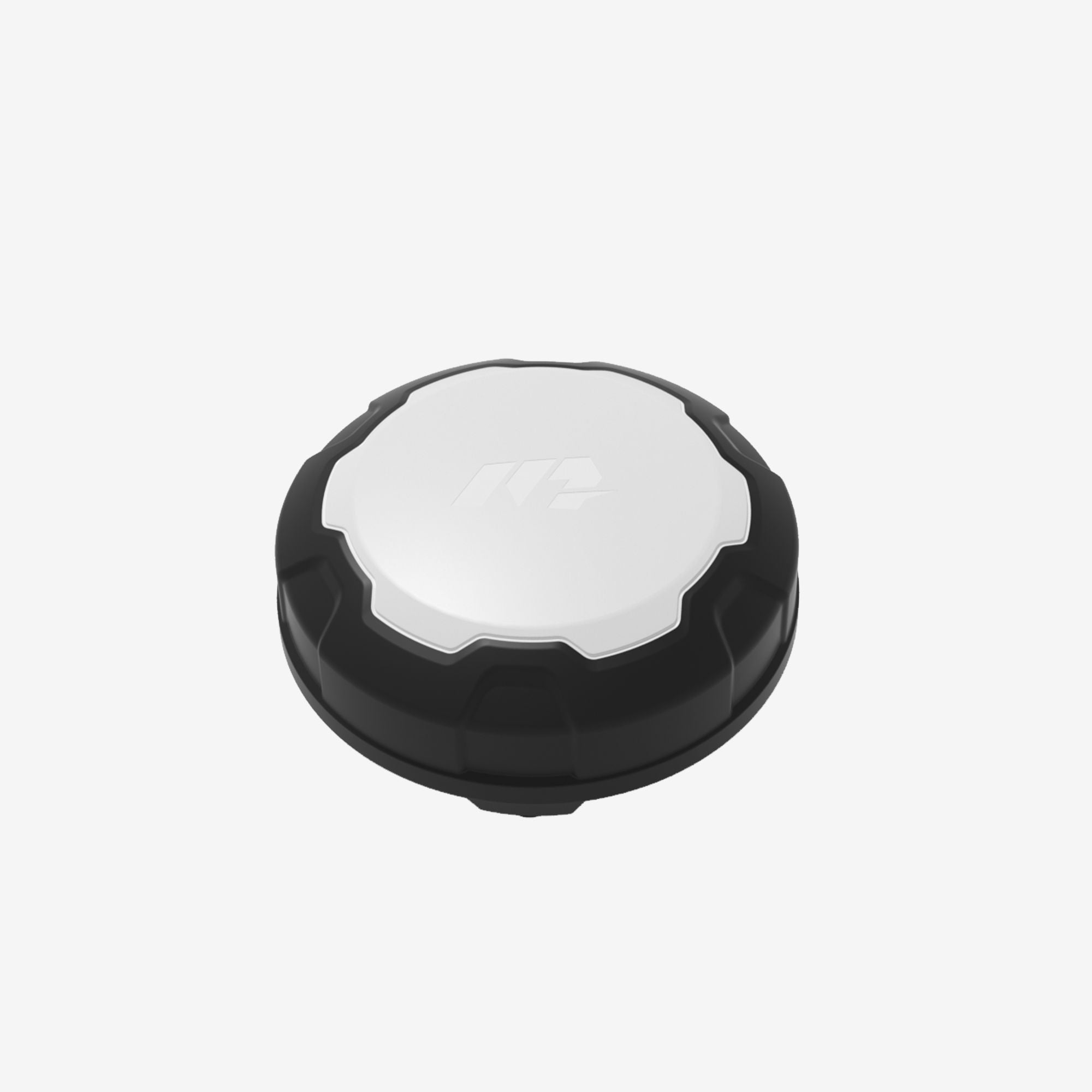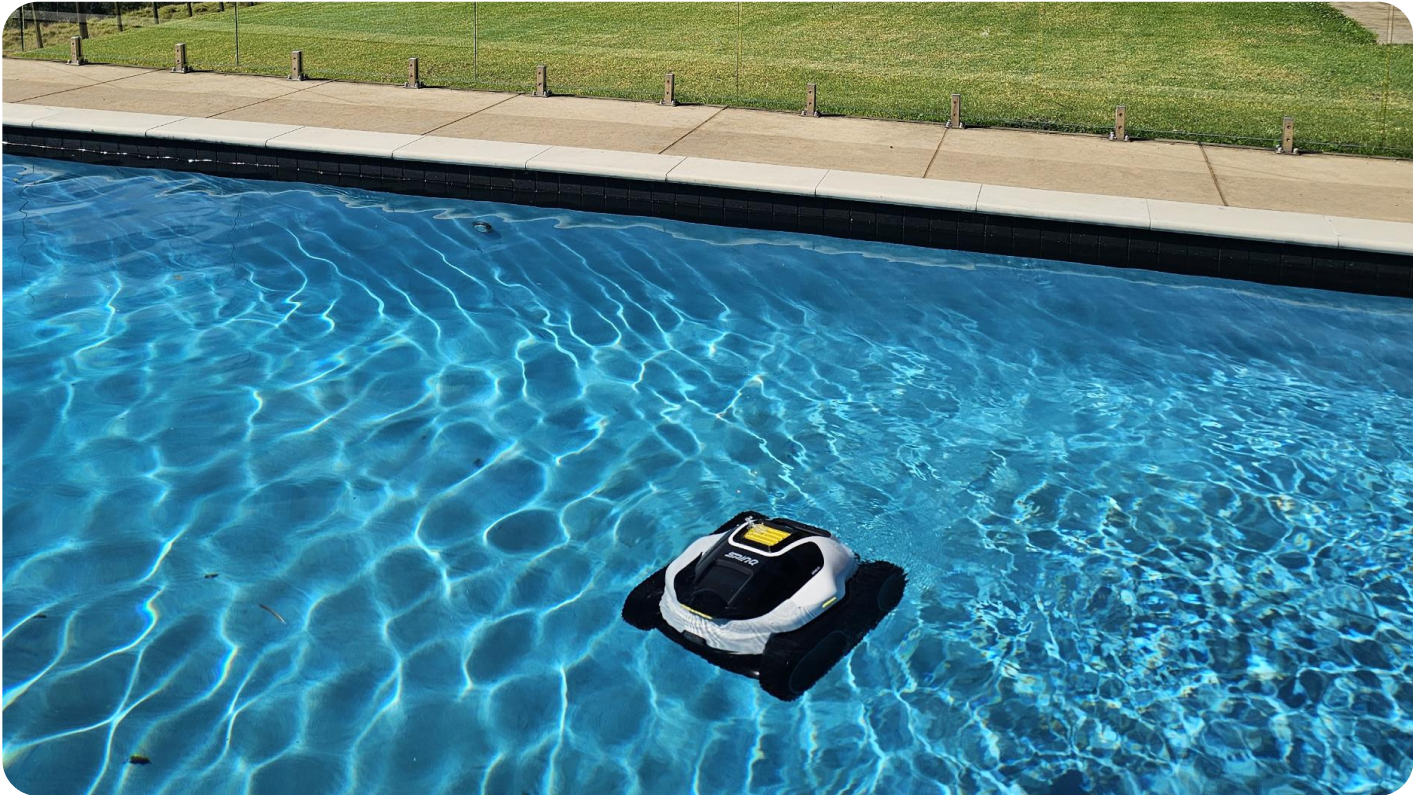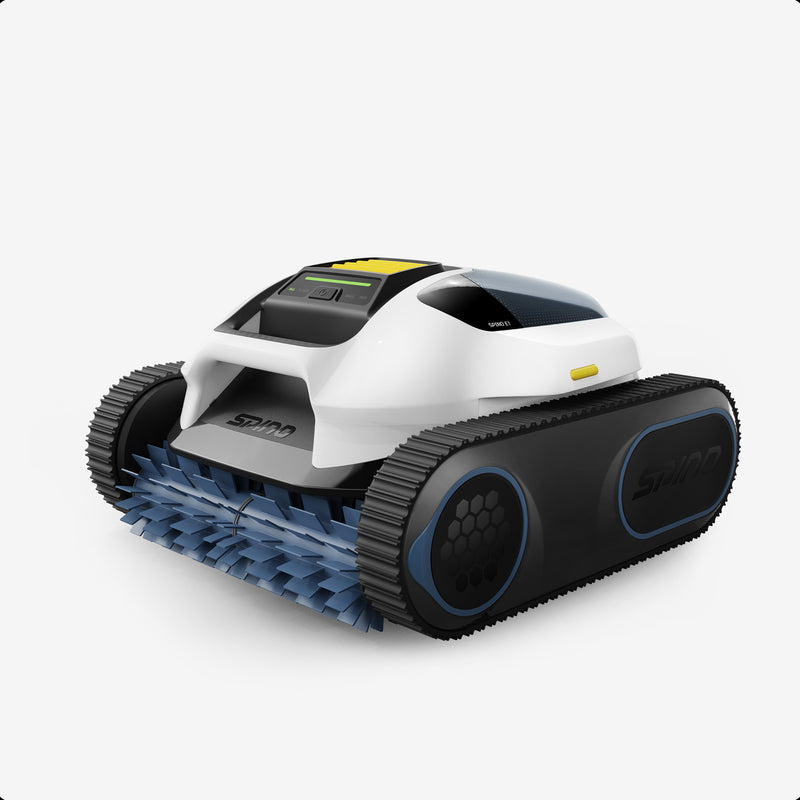Robotic pool cleaners have become a game-changer for pool owners who want powerful, hands-free cleaning with minimal effort. But with so many models, features, and price points on the market, it’s easy to feel overwhelmed when trying to choose the right one.
Should you focus on suction power? Navigation features? Filter type? And how do you know if a cleaner will actually work for your pool’s shape, size, and debris level?
In this guide, we’ll break down the key factors to consider when buying a robotic pool cleaner — from the technical specs that matter, to real-world performance insights. Whether you’re buying your first unit or upgrading from a basic model, this article will help you find a robotic cleaner that fits your pool, your needs, and your budget.
Key Factors to Consider When Choosing a Robotic Pool Cleaner
1. Pool Type & Size
Not all robotic pool cleaners are the same, and your pool’s size, shape, and type matter more than you might think.
If you have a small above-ground pool, you can likely get away with a lightweight model that focuses on floor cleaning only. But if your pool is in-ground, irregularly shaped, or larger than 30 feet, you’ll want a robotic cleaner with advanced navigation, longer cables, and enough suction power to handle the entire surface — including walls and waterline.
Pools with curves, stairs, or deep ends require smart path planning and strong traction. Look for models with 4-wheel drive or tank treads, and make sure the power cord is tangle-free and long enough for your pool’s dimensions or a cordless robotic pool cleaner.
2. Debris Type & Cleaning Needs
Do you live near trees, get lots of bugs in the water, or deal with fine dust and sand?
If your pool collects mostly leaves, acorns, or large debris, you’ll need a robotic cleaner with a large filter basket and wide intake ports. Models with dual motors or high-capacity suction are ideal for this.
If your problem is fine particles like pollen or sand, focus on cleaners with ultra-fine filtration. These can trap smaller debris without clogging or losing efficiency.
Also, consider your desired cleaning scope. Some robots clean only the floor, while others handle walls and waterlines — essential if your pool sees a lot of grime buildup on vertical surfaces.
3. Navigation & Smart Features
The smartest robotic pool cleaners don’t just bump around randomly — they map your pool and clean in efficient, systematic patterns.
Look for models with smart navigation systems (like gyroscopes, sensors, or AI pathing) that help avoid missed spots or wasted time. Features like auto-scheduling, cycle customization, or app control can make maintenance truly hands-free.
Higher-end cleaners can detect obstacles, avoid getting stuck on drains or ladders, and automatically resume cleaning after interruptions. If your pool has a complex shape or you just want to “set it and forget it,” investing in smart features is absolutely worth it.
4. Filter System & Suction Power
When it comes to cleaning performance, two elements matter most: how strong the suction is — and how well the filter traps debris.
If you want your robotic cleaner to pick up both fine dust and large leaves, go for a model with dual-level filtration (one basket for coarse debris, another for fine particles). Removable, top-access filter baskets are easier to clean and won’t get your hands dirty.
Suction power is usually measured in gallons per minute (GPM). While higher numbers often mean stronger performance, design matters too — wide-mouth intakes and dual-drive motors help pick up heavy or stubborn debris.
If your pool sees a lot of dirt, pine needles, or sand, filter capacity and suction strength should be high on your checklist.

5. Energy Efficiency & Power Supply
One of the biggest advantages of robotic pool cleaners is their low energy usage compared to traditional pressure or suction models. Most run on just a fraction of the power — some as low as 100 watts per hour — saving you money over time.
That said, you’ll want to check for features that make operation safer and more efficient:
- Automatic shutoff after cleaning cycle
- Low-voltage, waterproof power supply
- Anti-tangle swivel cords for hassle-free movement
Cordless robotic cleaners are becoming more popular as well. They offer more flexibility and a cleaner look, though they may require recharging between cycles. Choose based on how much freedom of movement your pool requires.
6. Maintenance & Ease of Use
No one wants a high-maintenance cleaner — that defeats the purpose of going robotic.
Look for units with top-load filters, quick-drain systems, and snap-on brush heads for easy maintenance. A well-designed robotic cleaner should let you empty the debris basket in seconds without flipping the whole unit over.
Some advanced models, like the SPINO E1, even come with smartphone app control, making it easy to start or schedule a cycle from anywhere.
Also consider weight: If you’ll be lifting the cleaner in and out often, make sure it’s manageable and has a carrying handle. Bonus points if it includes a storage caddy for off-season use.
7. Price & Warranty
Robotic pool cleaners come in a wide range of prices — from under $400 to well over $1,500. While it’s tempting to go for the cheapest option, it’s important to balance cost with features and durability.
Entry-level models may work fine for small, simple pools but often lack advanced navigation or wall-climbing abilities. Mid-range cleaners (around $700–$1,000) usually offer the best value — strong suction, dual filtration, and smart cleaning patterns. Premium models bring the highest performance, ideal for large or complex pools.
Also pay close attention to warranty coverage and customer support. A solid 2–3 year warranty is a good sign of product quality. Look for brands with accessible U.S.-based service and clear return policies.
In short: buy the best robotic cleaner your budget allows — and invest in a model that saves you time and trouble, not adds to it.
Related Articles:
- Is a Robotic Pool Cleaner Worth It? A Realistic Guide for 2025
- Suction vs Robotic Pool Cleaner: Which is Better?
- Robotic vs. Pressure Side Pool Cleaner: Which is Better?
- Automatic Pool Cleaner Types: Which One Is Right for Your Pool?
Expert Recommendation: Best Robotic Pool Cleaner for Most Pools
If you're looking for a powerful, intelligent, and hassle-free robotic pool cleaner that balances performance with user-friendliness, the Mammotion SPINO E1 is a standout choice.
This premium robotic cleaner is designed for both in-ground and above-ground pools, and it handles floors, walls, and waterlines with ease. Equipped with smart navigation, dual-drive motors, and adaptive cleaning modes, the SPINO E1 maps your pool efficiently while avoiding obstacles.
Some of SPINO E1 key features include:
- App control via Bluetooth & Wi-Fi
- 210-min runtime on a single charge (cordless convenience)
- Triple brushless motor system with 5800 GPH suction power
- Self-parking function for easy retrieval
- Energy-efficient design with ultra-low power consumption
Whether your pool collects leaves, sand, or fine dust, the SPINO E1 delivers thorough cleaning without you lifting a finger. And with its modern design and tool-free maintenance, it’s a great fit for pool owners who want results — minus the stress.
If you're serious about pool hygiene and value long-term reliability, this model is well worth the investment.
Common Mistakes to Avoid When Buying a Robotic Pool Cleaner
Even with a solid budget and good intentions, it’s easy to choose the wrong pool cleaner if you’re not careful. Here are a few common mistakes you’ll want to avoid:
❌ Choosing Based on Price Alone
The cheapest option may lack the power, filtration, or durability you actually need. You could end up replacing it sooner — costing more in the long run.
❌ Ignoring Pool Size & Shape
Not all cleaners are built for large or irregular-shaped pools. If your cleaner doesn’t have enough cord length or smart navigation, it might miss key areas or get stuck often.
❌ Overlooking Filter Type
Some models only handle large debris, while others clog easily with fine particles. Make sure the filter system matches your typical debris type (e.g. sand, leaves, algae).
❌ Buying a Unit That’s Hard to Maintain
A pool cleaner should save you effort — not add more. Avoid models that require flipping over to empty filters or involve complex disassembly to clean.
Conclusion: Choose with Confidence
Buying the right robotic pool cleaner doesn’t have to be complicated — you just need to match the machine to your pool’s real-world needs.
Start by assessing your pool’s size, shape, and debris levels. Then prioritize features like smart navigation, filter capacity, and energy efficiency. Don’t forget to consider ease of maintenance and brand support.
If you want a top-tier cleaner that delivers consistent results with minimal effort, the Mammotion SPINO E1 is a smart, future-ready investment.
No more endless brushing, tangled hoses, or hit-and-miss cleaning — just clear, swim-ready water, every time.
Frequently Asked Questions
1. Do robotic pool cleaners work for all pool types?
Most robotic pool cleaners are compatible with both in-ground and above-ground pools, but always check the specs. Some models are better suited for large, deep pools with complex shapes, while others are designed for smaller, simpler layouts.
2. Can robotic cleaners scrub walls and waterlines?
Yes — but not all of them. If wall and waterline cleaning is important to you, make sure to choose a model with strong traction (like tank treads) and smart climbing ability. Models like the SPINO E1 handle full-surface cleaning with ease.
3. How long does a robotic pool cleaner take to clean a pool?
Most robotic cleaners complete a cleaning cycle in 1.5 to 3 hours, depending on pool size and features. Some advanced models can adjust their run time based on the pool's shape and level of debris.
4. Are robotic pool cleaners better than suction or pressure cleaners?
In many cases, yes. Robotic cleaners work independently from your pool’s pump and filter system, use less energy, and often deliver more thorough cleaning. They're also easier to set up and maintain.
5. How often should I run my robotic pool cleaner?
It depends on how often your pool is used and how much debris it collects. For most homeowners, running the cleaner 2–3 times per week is enough to keep the pool in great condition.
6. Do I need to supervise a robotic pool cleaner while it runs?
No — most robotic cleaners are fully autonomous. Once started, they clean on their own and shut off automatically. Some even return to the waterline or a “parked” position for easy removal.
7. How long do robotic pool cleaners last?
With regular maintenance, a quality robotic pool cleaner can last 5–7 years or more. Be sure to clean the filters regularly and store the unit properly during the off-season to extend its life.
8. Is the SPINO E1 suitable for large or irregular pools?
Yes. The Mammotion Spino E1 is designed for pools up to 1,600 sq. ft., and its smart navigation system adapts to curved walls, stairs, and various depths. It’s a solid choice for both simple and complex pool shapes.

